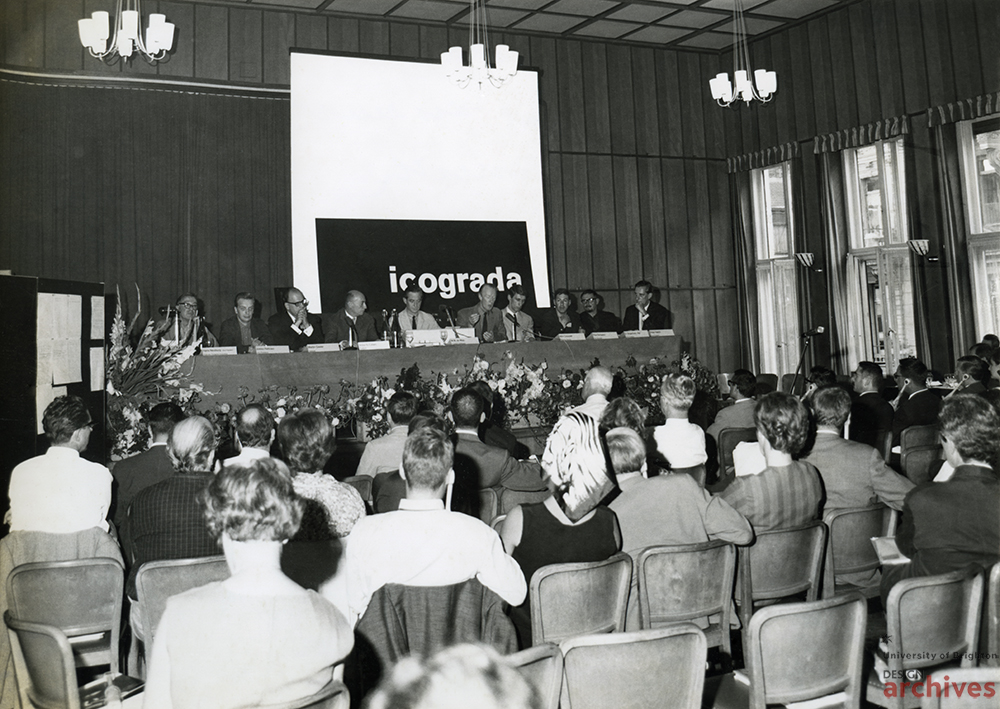don ryun chang: branding for mega events

22.03.2018 ICoD news
Interview with Former ICoD President Don Ryun Chang (South Korea) on the design agenda for the 2018 PyeongChang Winter Olympics.
In this feature interview Hongik University Professor and former ICoD President Don Ryun Chang provides insights into his involvement as Chair of the Design Advisory for the recently completed PyeongChang 2018 Olympic Winter Games in Korea, a unique multidisciplinary design programme and approach that has received successful response from both experts and spectators.
ICoD: What was your role with the 2018 PyeongChang Winter Olympics?
Don: My involvement with the Korean Olympic Committee started in 2005 when I was first appointed to the design advisory for the Korean Olympic Committee leading to the 2006 Turin Winter Olympics. Following the designation of PyeongChang as the Host City for the 2018 Olympic Winter Games in 2011, I was appointed a few years later as an official member of the National Olympics Organising Committee and became Chair of the Design Advisory. My tasks included selecting the official emblem, planning and supervising the structure of the advisory, coordinating with officials and design managers of the Organising Committee, and conferring with officials and design consultants connected to IOC. I moderated all the creative meetings to formulate collective design directions and thus, I considered my more role more akin to that of a Creative Curator as I supervised the planning and logistics to oversee many macro directions, concepts, and key implementation phases. I saw the design projects as more than a visual aesthetic initiative and aimed to inject a holistic national brand image communication agenda. This meant incorporating many media platforms that were relevant to current technology and sensibilities.
ICoD: What were some of the primary mandates that you devised when you took on the Olympics advisory project?
Don: One of my key missions was to incorporate many of my long-term academic research theories and professional experience related to place branding and co-design to facilitate more effective collaborative design management processes among diverse stakeholders. In that regard, my background as the former CEO of Interbrand Korea, my research at Hongik University in transformative branding for government organisations, and my time at ICoD as a Board Member and President was extremely valuable. These experiences helped me to propose diverse options to enable cohesive communication and attain consensus to adopt more innovative multidisciplinary design methodologies. I wrote about my thinking related to transformative design in a past feature article in 2010 and also conducted a TV interview related to my work for the Integrated Korean Government Identity a few years ago.
Another goal was to evolve the international national brand image of Korea associated with mega-events following the Seoul 1988 Summer Olympic Games and the 2002 FIFA World Cup. I made it an important criterion with the many designers involved and with the different design components of the programme to compare the pertaining design items from the past Olympics such as the mascots, medal designs, signage, pictograms, look of the games and to incorporate contemporary sensibilities to reflect the vast amount of change that has occurred during the past 30 years and embed them into the new design programme.
ICoD: What was the scope for the design programme?
Don: The PyeongChang 2018 Winter Olympic Games design was a very comprehensive programme that started in 2011 with the selection of the official Olympics emblem. The design agenda then continued with creating the official slogan Passion Connected, followed by developing the story, design and animation film series for the mascot. All of this would establish the look of the games, pictogram, medals, tickets, information and cultural posters, signage, icons for the other parallel programmes, commemorative stamp, coins, and bills. The final design component that is currently in production is the official Olympics commemorative book that will chronicle the total history and photo images of how PyeongChang was chosen as the Host City, the long preparations leading to games, the emotional torch relay and special moments from the 2018 Winter Olympics and Paralympic Games that recently concluded with much success.
.png)
The Korean alphabet Hangeul was the primary design grid that formed the look of the games and as patterns and snowflake motifs. Photo: Hwang Young Soo
ICoD: What do you attribute some of the success factors of the PyeongChang Olympics design programme?
Don: A prominent factor was using the unified theme and symbolism related to the Korean alphabet Hangeul. This began with the selection of the official emblem that established the philosophical context and collective visual style language for the 2018 Winter Olympics design programme. The two main forms represent the consonants of the two syllables that comprise the name of the Host City PyeongChang in the Korean language. The emblem reflects the philosophical essence of the alphabet that symbolises harmony between earth, heaven, and humanity and extends it to appeal to the world as the iconic representation of ice, snow, athletes and the world gathers to celebrate the Winter Games. Usage of the Korean alphabetic forms helped to instill great pride among Koreans as for centuries. Hangeul epitomised the most sovereign representation of the national culture since its creation almost 700 years ago by King Sejong and his scholars.
As the project was further developed, the typographic forms related to the whole Korean alphabet system became the invisible design grids for the look of the games which were reflected in the wall graphics and banners, patterns for the torch, and frame for the pictograms.
In addition, one of the primary outcomes of the design programme was the medal design in which designer Sukwoo Lee embedded Hangeul consonant forms on the side while using the right angle typographic space to produce a revolutionary multi-grooved surface look. The medal design was a great hit among the athletes, spectators and the viewing public and the project benefited enormously from the comprehensive design consultation with Professor Hwang Sung Gul of Hongik University.
I strongly recommend that designers involved in future mega events consider working with indigenous cultural icons in their designs—reinterpreting them using modern sensibilities and respectful, consultation practices, rather than using generic, stereotypical cultural forms just for the sake of easily communicating to the international public.
I recall during the time I was a Board Member for ICoD, how we encouraged our international design Member associations to use their national dialectic terms and cultural visual icons to express the themes of their World Congresses and Design Weeks to communicate their unique indigenous identity. For example, the 2009 ICoD World Design Congress Beijing theme title “Xin” was greatly effective in expressing the contextual and symbolic aspects of cultural design diversity was an important aspect of modern-day Chinese life.
.png)
One of the best design outcomes from the 2018 Winter Olympics was the innovative Medal design by Sukwoo Lee (seated middle) that used the 3-dimensional side spacing of the Korean alphabet Hangeul to create a futuristic metal surface. It has received great international recognition and the project progressed greatly with the sub advisory task group led by Professor Sung Gul Hwang (seated left) of Hongik University. Photo: Don Ryun Chang, Medal Photo: Sukwoo Lee SWNA
ICoD: What do you consider your key contributions to the PyeongChang 2018 Olympic Winter Games design programme?
Don: I feel I embedded an effective multidisciplinary design project management culture that enabled cohesive collaborative structure between the Advisory and the Organising Committee. Another important element was to create sub-advisory task groups that were based on the respective design disciplines (communication, product, space) to maximise expertise, time and input from the individual advisors.
Many organisations make the common mistake of vetting many macro opinions to provide diverse directions, but as design programmes move to the implementation stages, what is actually required are more detailed consultations that only experts with relevant professional experience can provide.
This was especially true for the development phase of the Mascots “Soohorang”, the White Tiger and the “Bandabi” Bear. Our advisors had extensive professional experience in the animation field, having worked at major international studios. They were deeply involved in realising the final production of the character which was shown across multiple media platforms. In addition, one of our key contributions was to urge the Organising Committee to develop an emoji app for smart phones to provide to the public at the same time with the public announcement of the official mascots that helped to generate an emotional personal connection to the characters. As we got closer to the games, large-scale, three dimensional statues were strategically erected at many public spaces throughout the country, and merch such as dolls and fashion items were made available for purchase at official stores. Soon after, people started taking selfies with the mascot statues, Soohorang Tiger dolls and other fashionwear, something that greatly enhanced the visibility and popularity of the 2018 Winter Olympics.
.png)
The 2018 PyeongChang Winter Olympics became a new benchmark for how innovative design and media technology can enhance the viewing and participatory experience for the games. The Mascot Soohorang Tiger was expressed in traditional format as a doll, but also introduced during the closing ceremony as 3-D stars using hundreds of drones, also made available to the public as downloadable imoji apps icons for personal smart phones. Photo: Don Ryun Chang
ICoD: What do you consider the proper role or approach for design advisors or consultants during mega events?
Don: I feel it is important for a design advisory or designers to establish the complete trust and support of the organising committee in order to devise the most effective agenda to implement the design programme. In addition, getting the recognition and proactive involvement of the regional design community, cultural and academic institutions and professional design associations can greatly enhance the positive promotion of the various design activities.
It became critical for the Design Advisory of the mega event to establish an open consultation format and communicate to the relevant communities involved that the process was transparent, objective and inclusive.
In that regard, I was extremely grateful to the key officials of the PyeongChang Organising Committee and the dedicated staff design managers who attended every meeting and were fully supportive of many consultation formats that were at times very difficult and required changes on the fly. They were also receptive to suggestions for participatory formats during the development of the look design and mascots in which established and emerging young designers and artists were commissioned to develop diverse design ideas and processes that were later exhibited to the public at the DDP Museum.
ICoD: What do you recommend to design associations who want to become involved in design programmes for future mega events?
Don: I feel it is imperative that national design associations proactively engage with the relevant host organizations to either play a direct or indirect role in initiating or collaborating in design programmes for various mega events such as the Olympics. I made it a priority that current or former presidents of national design associations to be included in the advisory and we created sub-task groups based on the respective design disciplines such as communications, industrial design, and space design to best utilise the expertise of the advisors. This format enabled the proper type of interaction between the Organising Committee and the board members of the design associations to collectively promote the Olympics design program.
Unfortunately, there still exists in many countries the misperception that open calls for design entries to the public can generate positive promotion as well as save financial costs. These types of crowdsourcing methods can discourage many talented agencies and designers from participating and can result in many ethical issues related to fairness and proper compensation.
We have observed this type of situation recently in some other major mega events and I strongly supported ico-D and AIGA who had publicly voiced their concerns over this type of process. During the period when I was an ICoD Board Member we devised many Best Practice guidelines related to conducting Design Award Competitions and I feel they are still very relevant references for organisations who plan on implementing future design programs for mega events.
ICoD: What are your recommendations for designers or students who might be interested in participating in future mega events?
Don: It is important to first determine what your best contribution will be in terms of your interests, core design discipline and the amount of experience you have relative to the design programme item. There were hundreds of designers and many design agencies that participated in the 2018 PyeongChang Winter Olympics in various capacities that ranged from traditional print, posters and graphics to innovative and interactive new media, as well as planning and directing activities.
Designers must be open-minded to the vast professional, internship and volunteer opportunities that are either directly or indirectly related to the Organising Committee as well as those connected to government cultural institutions, sub-contractors and design agencies. Mega events such as the Olympics are in many cases once in a lifetime happening that define historical milestones and become enduring legacies for countries and cities.
Thus, the design community has a moral obligation to invest their time, knowledge and multidisciplinary design capabilities to contribute in developing and communicating the most creative and evolving cultural identity to fellow citizens and the rest of the world.
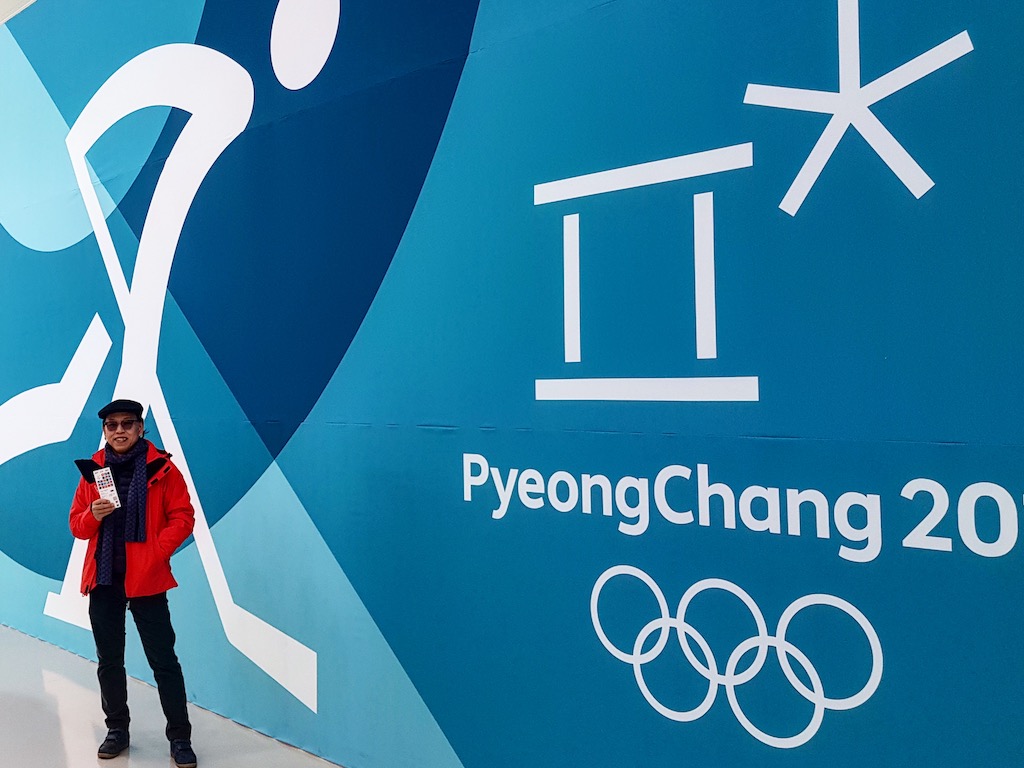
relatedarticles
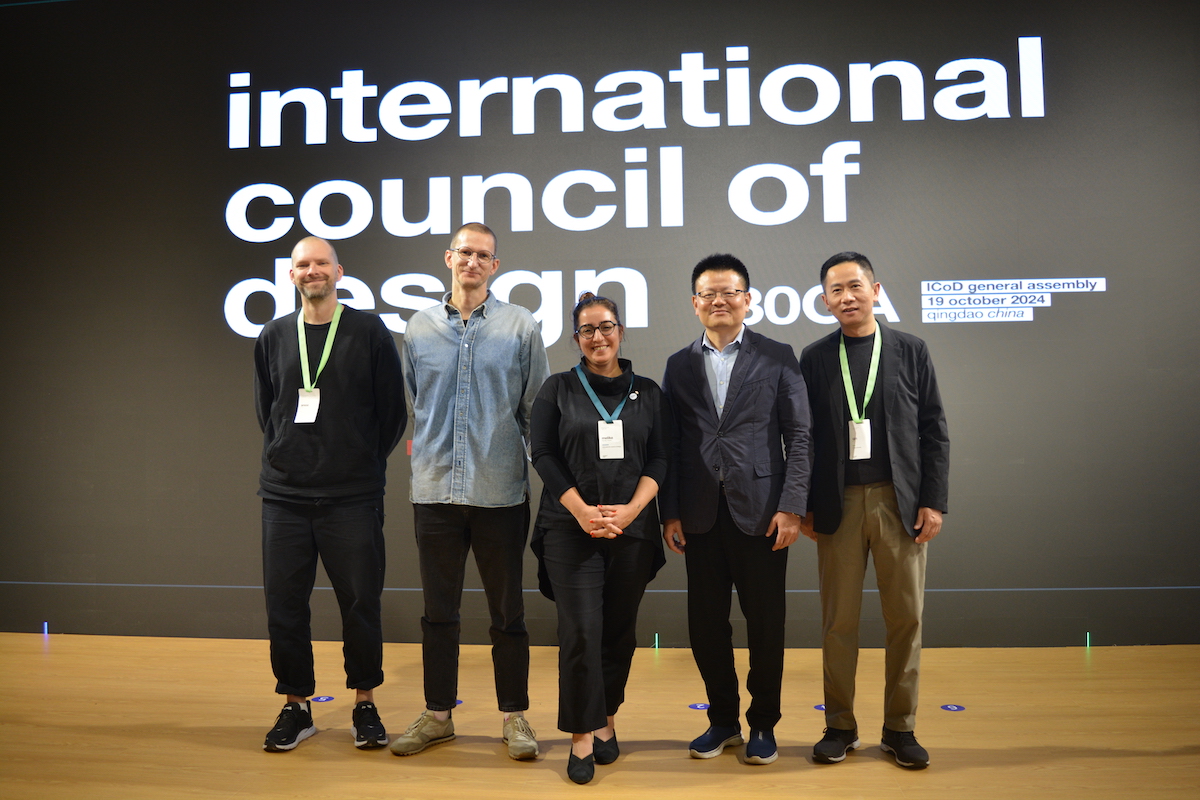
meet the 2024–2026 executive board
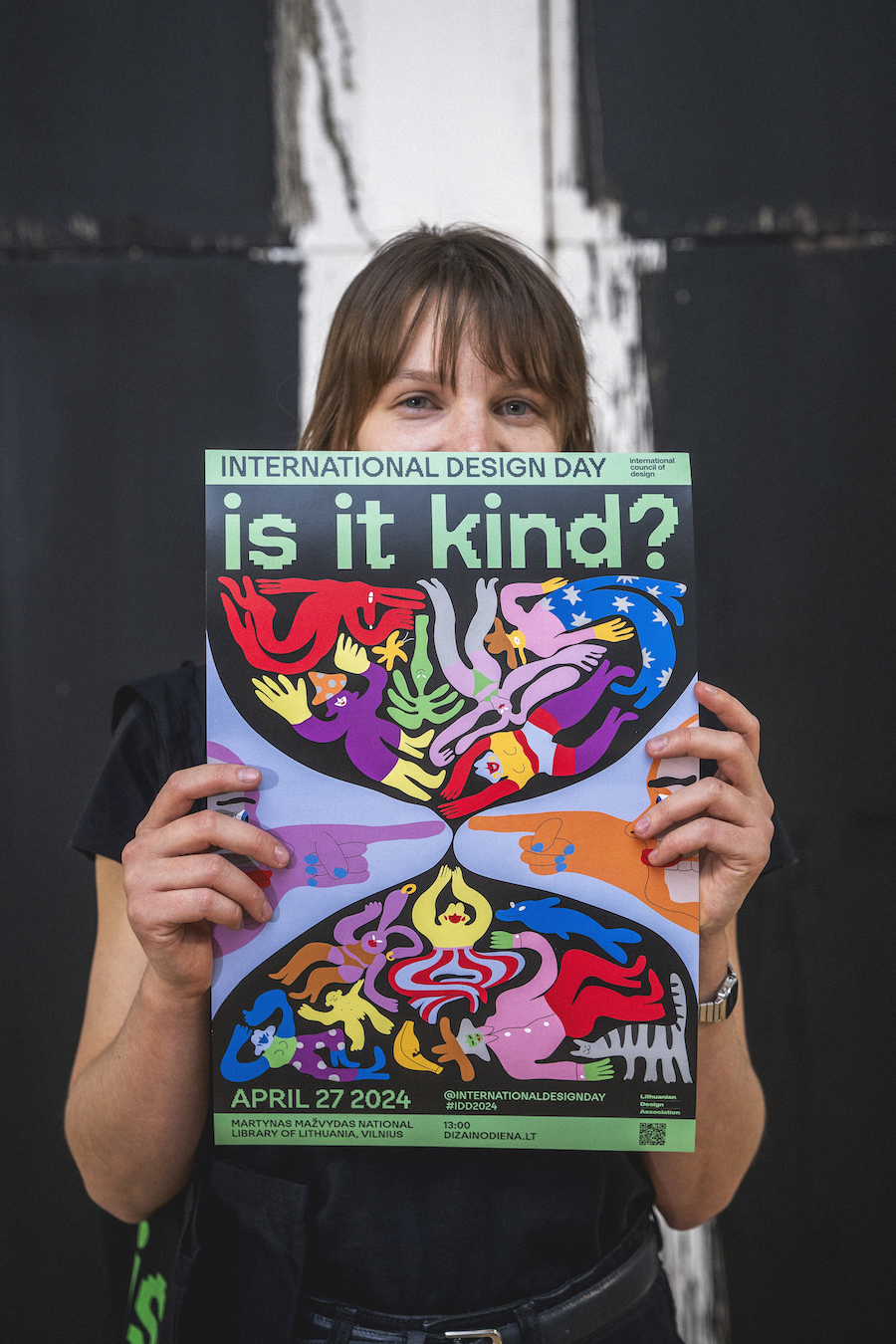
international design day 2024: is it kind? recap
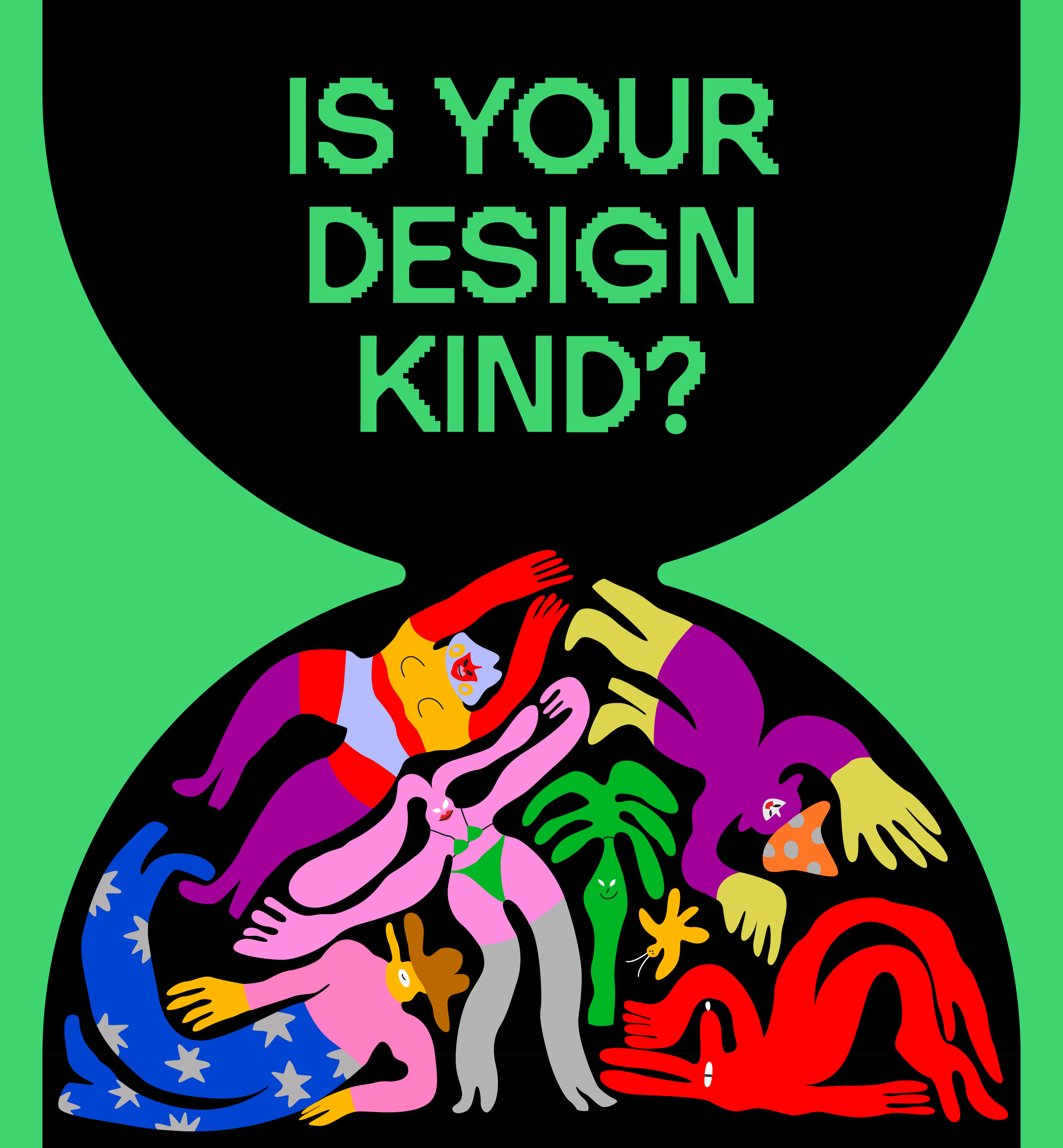
LDA forum + international design day 2024 conference
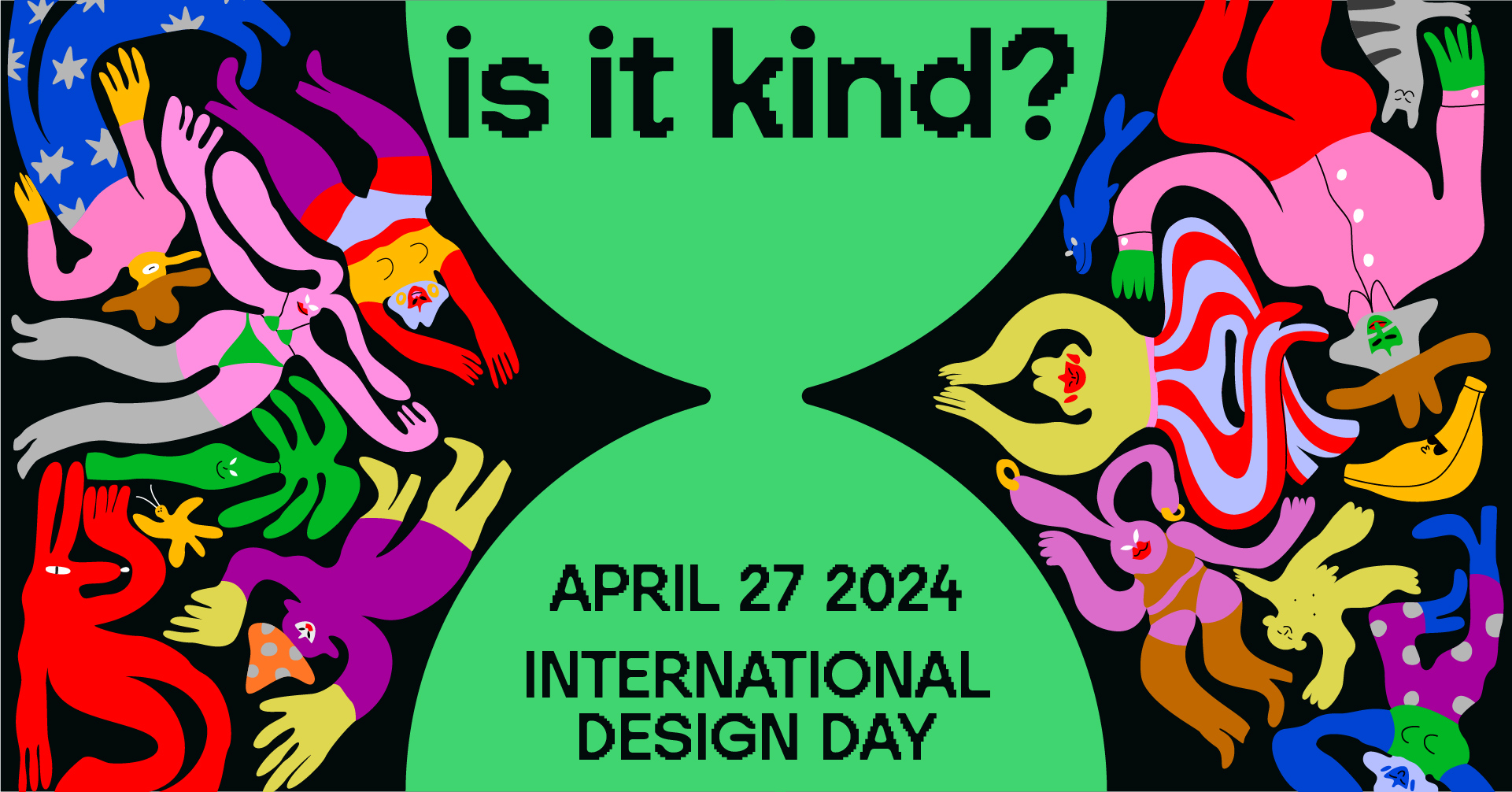
is it kind? ICoD announces international design day 2024 theme
